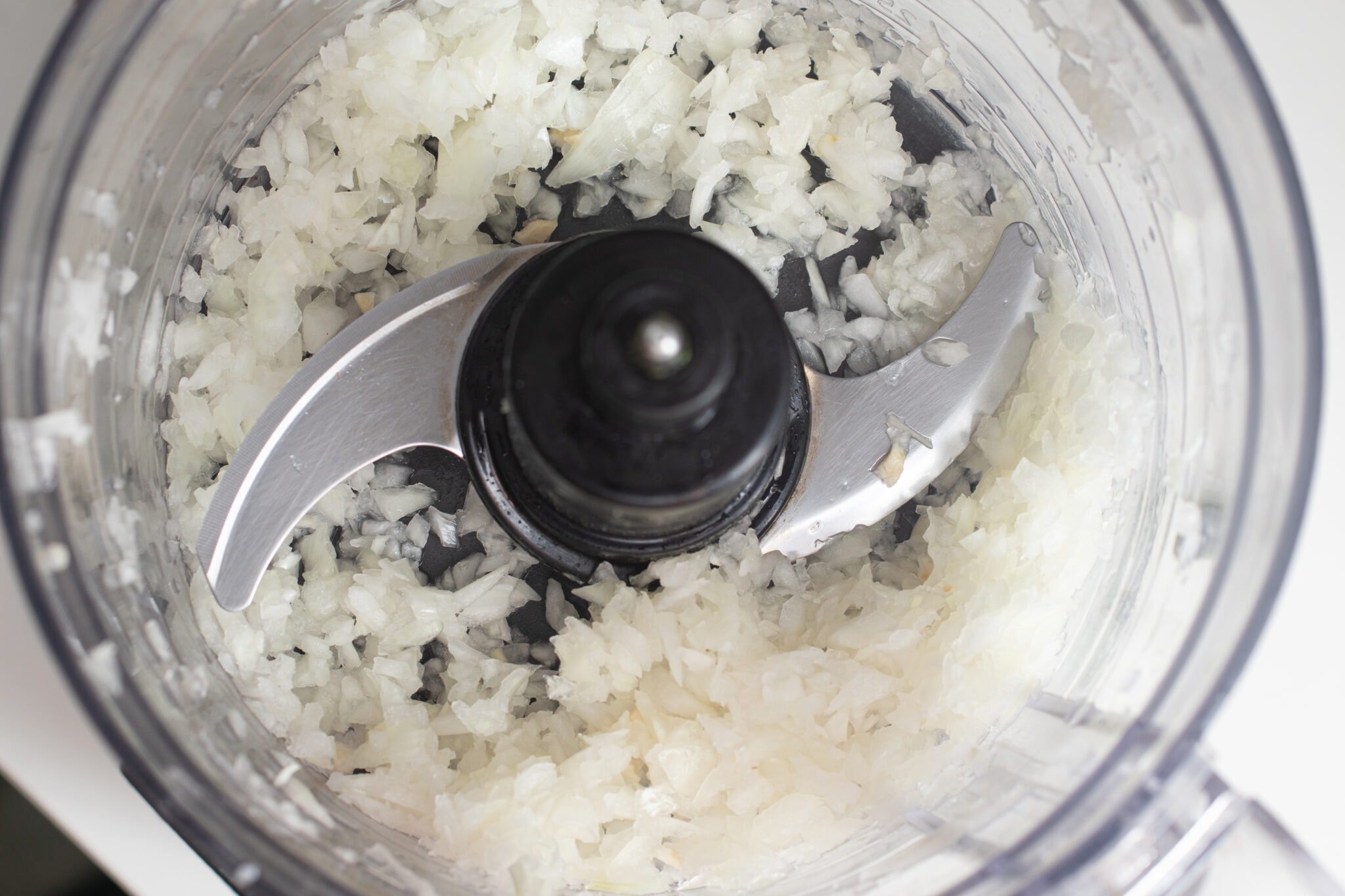

Articles
How To Chop With A Food Processor
Modified: January 18, 2024
Learn how to chop ingredients quickly and easily with a food processor. Read our informative articles on mastering the art of food processing.
(Many of the links in this article redirect to a specific reviewed product. Your purchase of these products through affiliate links helps to generate commission for Storables.com, at no extra cost. Learn more)
Introduction
Welcome to our comprehensive guide on how to chop with a food processor! If you’ve ever spent hours in the kitchen meticulously chopping ingredients by hand, then you know how time-consuming and tiring the process can be. That’s where a food processor comes in handy.
A food processor is a versatile kitchen appliance that can make your cooking experience much more efficient and enjoyable. It can handle a variety of tasks, including chopping, slicing, dicing, and mincing. In this article, we will focus specifically on the art of chopping with a food processor.
Chopping with a food processor offers numerous benefits, from saving you valuable time to producing consistent results. Whether you’re looking to chop vegetables for a salad, fruits for a dessert, or nuts for a crunchy topping, a food processor can be your trusty companion in the kitchen.
However, using a food processor may seem intimidating if you’re not familiar with the process. That’s why we’ve put together this step-by-step guide to help you master the art of chopping with a food processor. You’ll learn how to choose the right food processor, prepare it for chopping, and follow the necessary steps for efficient and safe chopping.
But before we get into the details, let’s take a quick look at some of the benefits of using a food processor for chopping.
Key Takeaways:
- Chopping with a food processor offers time-saving, consistency, and versatility, making it a game-changer in the kitchen. Choosing the right food processor and following proper preparation and chopping techniques can revolutionize your culinary experience.
- Efficient and safe chopping with a food processor requires using the pulse function, cutting ingredients into even sizes, and proper cleaning and maintenance. With practice and experimentation, you can master the art of chopping and unleash your creativity in the kitchen.
Read more: How To Chop Parsley In A Food Processor
Benefits of Using a Food Processor for Chopping
Using a food processor for chopping offers a multitude of advantages that can revolutionize your culinary experience. Here are some of the key benefits:
- Time-saving: Chopping ingredients by hand can be a time-consuming task. A food processor, on the other hand, can dramatically reduce the time and effort required. With its powerful motor and sharp blades, it can chop ingredients in seconds, freeing up your valuable time for other cooking tasks.
- Consistency: Achieving uniformity in your chopped ingredients is crucial for optimum cooking results. A food processor ensures consistent chopping, with every piece being evenly sized. This is especially useful when preparing dishes like salsas, soups, or stir-fries, where uniformity in texture and taste is desired.
- Versatility: While chopping is the main focus of this guide, a food processor can do much more. It can also slice, grate, shred, puree, and even knead dough, making it a versatile kitchen appliance that can handle a wide range of tasks.
- Efficiency: With a food processor, you can chop large quantities of ingredients in one go, reducing the need for multiple batches. This efficiency is particularly useful when preparing meals for a large family or when hosting gatherings.
- Less effort: Chopping by hand can be physically demanding, especially when dealing with tough or dense ingredients. A food processor eliminates the need for manual effort, as its powerful motor does the chopping for you. This is not only convenient but also reduces strain on your hands and arms.
- Preserves nutrients: Chopping with a food processor requires minimal handling of ingredients, which helps preserve their natural flavors and nutrients. Additionally, the quick chopping process limits exposure to air, preventing oxidation and preserving the freshness of the ingredients.
These benefits make a food processor an indispensable tool in the kitchen, especially for those who love to cook and experiment with different recipes. Now that you know why a food processor is worth considering, let’s move on to choosing the right one for your chopping needs.
Choosing the Right Food Processor
When it comes to selecting a food processor for chopping, there are a few key factors to consider. Here’s a guide to help you choose the right food processor for your needs:
- Capacity: Consider the size of the food processor’s bowl and make sure it can accommodate the volume of ingredients you typically chop. If you often cook large meals or batch cook, a larger capacity food processor may be more suitable. However, if you have limited kitchen space or mostly cook for one or two people, a smaller capacity will suffice.
- Power: Look for a food processor with a powerful motor that can handle tough ingredients without straining. A motor with at least 600 watts is recommended for efficient chopping. Higher wattage will provide more power and speed, resulting in quicker and smoother chopping.
- Blades: Check the quality and variety of blades that come with the food processor. A sharp and durable chopping blade is essential for precise and effortless chopping. Additionally, having different blade options, such as slicing and grating discs, can expand the versatility of your food processor.
- Control Options: Consider the control options available on the food processor. Look for models that offer different speed settings, as well as a pulse function. The ability to control the speed allows you to achieve the desired consistency for your chopped ingredients.
- Attachments and Accessories: Evaluate the additional attachments and accessories that come with the food processor. Some models may include a citrus juicer, dough blade, or mini-chopper, which can further enhance the functionality of your food processor.
- Ease of Cleaning: Opt for a food processor with removable parts that are dishwasher-safe for easy cleaning. A wide feeding chute can also be advantageous, as it reduces the need for precutting ingredients and makes cleaning the food processor less time-consuming.
- Brand and Reviews: Consider reputable brands known for their quality and durability. Additionally, take the time to read customer reviews and ratings to gauge the experiences of other users. Their feedback can provide valuable insights into the performance and reliability of the food processor.
By considering these factors, you’ll be better equipped to choose a food processor that meets your chopping needs and fits your budget. Once you’ve selected the right food processor, it’s time to prepare it for chopping. Let’s dive into the next section.
Preparing the Food Processor for Chopping
Before you start chopping with your food processor, it’s important to properly prepare it for the task at hand. Here’s a step-by-step guide to help you get your food processor ready:
- Clean the food processor: Ensure that all the parts of your food processor, including the bowl, lid, and blades, are clean and dry. Remove any residue or food particles from previous use. This ensures hygienic chopping and prevents any unwanted flavors or odors.
- Assemble the food processor: Depending on your specific food processor model, follow the manufacturer’s instructions to assemble the machine. This typically involves attaching the chopping blade securely onto the spindle in the center of the bowl.
- Place the bowl on the base: Set the food processor bowl onto the base, aligning it properly so that it fits securely. Ensure that the bowl is locked firmly into place, as many food processors have safety features that prevent operation if the bowl is not properly attached.
- Add the ingredients: Carefully add the ingredients you want to chop into the bowl. Make sure not to exceed the maximum capacity indicated by the manufacturer. If you have large or unevenly sized ingredients, it’s best to cut them into smaller, more uniform pieces to ensure efficient and consistent chopping.
- Secure the lid: Place the lid on top of the food processor bowl. Double-check that the lid is properly aligned and locked into position. Some food processors have safety interlock mechanisms that prevent the machine from running if the lid is not securely closed.
- Power on the food processor: Plug in the food processor and turn on the power. Depending on your model, you may need to set the desired speed or select the pulse function if available. Start with a lower speed setting and gradually increase it if needed.
- Monitor the chopping process: Keep an eye on the ingredients as they are being chopped. If you prefer a finer or coarser texture, you can adjust the chopping time accordingly. Pulse the food processor in short bursts for more control over the chopping consistency.
- Stop and check as needed: Pause the food processor intermittently to check the consistency of the chopped ingredients. If necessary, scrape down the sides of the bowl with a spatula to ensure even chopping. Be cautious when doing this and make sure the food processor is turned off and unplugged before handling the blades.
- Empty the bowl: Once you’re satisfied with the chopping outcome, carefully remove the lid and transfer the chopped ingredients from the bowl to a separate container. Use a spatula to extract all the chopped pieces from the bowl.
- Clean the food processor: After use, disassemble the food processor and clean all the parts thoroughly according to the manufacturer’s instructions. This ensures proper hygiene and prolongs the life of your food processor.
By following these steps, you’ll have your food processor ready for efficient and safe chopping. In the next section, we’ll guide you through the step-by-step process of chopping with a food processor. Stay tuned!
When chopping with a food processor, make sure to pulse the machine instead of running it continuously. This will help ensure a more even chop and prevent over-processing.
Step-by-Step Guide to Chopping with a Food Processor
Now that your food processor is prepped and ready to go, it’s time to dive into the step-by-step process of chopping with it. Follow these instructions to achieve perfectly chopped ingredients:
- Select the appropriate chopping blade: Depending on the texture and size you want for your chopped ingredients, choose the right chopping blade. Most food processors come with a standard chopping blade that works well for a variety of ingredients.
- Add the ingredients to the food processor: Place the ingredients you want to chop into the food processor bowl. Make sure not to exceed the recommended maximum capacity. If you have large pieces of ingredients, consider cutting them into smaller, more manageable sizes for better results.
- Secure the lid: Place the lid on top of the food processor bowl and ensure that it is locked securely in place. This will prevent any mishaps and keep the ingredients contained within the bowl during chopping.
- Turn on the food processor: Plug in the food processor and turn it on. Start with a lower speed setting to begin the chopping process. You can always increase the speed if necessary, but starting slowly allows for better control.
- Chop using a pulsing motion: Instead of continuously running the food processor, pulse it in short bursts. This allows the ingredients to be evenly chopped and prevents over-processing. Keep pulsing until you achieve the desired consistency for your chopped ingredients.
- Pause and scrape down the sides: Occasionally pause the food processor to check the progress and scrape down the sides of the bowl with a spatula. This ensures that all the ingredients get evenly chopped and prevents any large pieces from being left behind.
- Continue pulsing if needed: If the ingredients are not evenly chopped yet, continue pulsing in short bursts. This helps to maintain control over the chopping process. Be cautious not to over-process or turn the ingredients into a puree, unless that is the desired outcome.
- Check the consistency: Once you’re satisfied with the chopping, stop the food processor and remove the lid. Check the consistency of the chopped ingredients. If they are too coarse, continue pulsing for a few more seconds. If they are too fine, remember to pulse for shorter intervals in the future.
- Transfer the chopped ingredients: Carefully transfer the chopped ingredients from the food processor bowl to a separate container using a spatula. Make sure to scrape out all the chopped pieces so that none go to waste.
- Repeat if necessary: If you have a large batch of ingredients or need to chop more, repeat the process with the remaining ingredients. Clean the food processor parts in between batches to maintain cleanliness and efficiency.
By following these steps, you will be able to easily chop a variety of ingredients using your food processor. Remember, practice makes perfect, so don’t hesitate to experiment with different techniques and processing times to suit your personal preferences. Next, we’ll share some useful tips for efficient and safe chopping with a food processor.
Read more: How To Chop Onion In Food Processor
Tips for Efficient and Safe Chopping
When it comes to chopping with a food processor, efficiency and safety go hand in hand. Here are some valuable tips to ensure that you get the most out of your food processor while keeping yourself and your ingredients safe:
- Read the manual: Familiarize yourself with the user manual of your specific food processor model. This will provide important information about its features, safety precautions, and recommended chopping techniques.
- Use the pulse function: Instead of running the food processor continuously, use the pulse function in short bursts. This gives you better control over the chopping process and helps achieve the desired consistency without over-processing.
- Cut ingredients into even sizes: Before adding the ingredients to the food processor, ensure that they are cut into similar sizes. This promotes even chopping and prevents some pieces from being too large or too small.
- Avoid overfilling the bowl: Follow the manufacturer’s recommendations for the maximum capacity of the food processor bowl. Overfilling can hinder the chopping process and may cause ingredients to spill out or not be chopped evenly.
- Don’t overcrowd the bowl: While it may be tempting to chop all your ingredients at once, avoid overcrowding the bowl. This can lead to uneven results and may strain the motor of the food processor.
- Use the right speed: Adjust the speed of your food processor based on the ingredients you’re chopping. Harder ingredients may require a higher speed, while softer ones may need a slower speed. Experiment to find the optimal speed for each ingredient.
- Avoid touching the blades: Exercise caution when handling the blades of the food processor. They are extremely sharp and can cause injuries if not handled properly. Always use a spatula or tongs to remove chopped ingredients and never insert your hand directly into the bowl.
- Don’t leave the food processor unattended: Always stay nearby and keep an eye on the food processor while it’s in operation. This ensures that you can monitor the progress and prevent any accidents from occurring.
- Clean the food processor promptly: After each use, disassemble the food processor and clean the parts according to the manufacturer’s instructions. This not only maintains cleanliness but also extends the life of your food processor.
- Store the food processor properly: When not in use, store your food processor in a safe and dry place. Make sure that all the parts are properly assembled and stored together to prevent loss or damage.
By following these tips, you’ll be able to chop efficiently and safely with your food processor, ensuring excellent results every time. Now that you know how to use a food processor for chopping, it’s important to understand how to clean and maintain it properly. Let’s explore that in the next section.
Cleaning and Maintaining Your Food Processor
Proper cleaning and maintenance of your food processor are essential for its longevity and optimal performance. Follow these guidelines to keep your food processor in excellent condition:
- Unplug the food processor: Before cleaning, always unplug your food processor to ensure your safety.
- Disassemble the parts: Carefully disassemble the food processor by removing the bowl, lid, and blades. Refer to the manufacturer’s instructions for your specific model, as disassembly methods may vary.
- Hand wash or dishwasher: Check if the parts of your food processor are dishwasher-safe or require hand washing. Most removable parts, such as the bowl and lid, can be safely washed in the dishwasher. However, blades are often better off being hand washed to preserve their sharpness.
- Scrub and rinse: For parts that require hand washing, use a soft sponge or brush to scrub away any food residue. Rinse thoroughly with warm water to remove any remaining soap or particles.
- Dry completely: After washing, wipe all the parts of the food processor with a clean towel or leave them to air dry. Ensure that no moisture remains, as this can lead to mold or damage to the motor over time.
- Clean the base: Wipe the base of the food processor with a damp cloth to remove any spills or stains. Be cautious not to let any water or liquid come into contact with the motor housing.
- Store properly: Once all the parts are dry, reassemble the food processor and store it in a clean and dry place. Make sure all the attachments and blades are secured appropriately to prevent them from getting misplaced or damaged.
- Regular maintenance: It’s a good practice to periodically inspect the food processor for any signs of wear or damage. Check the blades for sharpness and the motor for any unusual noises or vibrations. If you notice any issues, refer to the manufacturer’s guidelines for maintenance or consider contacting a professional for repairs.
Regular cleaning and maintenance will not only ensure the longevity of your food processor but also contribute to safe and hygienic food preparation. By following these steps, you’ll be able to keep your food processor in excellent condition for years to come.
With this comprehensive guide, you’re now equipped with the knowledge and skills to chop with a food processor effectively. We hope that this article has helped you understand the benefits of using a food processor for chopping, how to choose the right one, and the proper techniques for efficient and safe chopping. Happy chopping!
Conclusion
Chopping with a food processor can be a game-changer in the kitchen, offering efficiency, consistency, and versatility. With the step-by-step guide and tips provided in this article, you now have the knowledge to make the most out of your food processor for chopping various ingredients.
We explored the benefits of using a food processor for chopping, including time-saving, consistency, and preserving nutrients. We also discussed the importance of choosing the right food processor based on factors such as capacity, power, and attachments.
Preparing the food processor for chopping requires proper cleaning and assembly, ensuring a hygienic and safe chopping experience. Following the step-by-step guide, you can easily chop ingredients with pulsing motions, monitoring the consistency and adjusting as needed.
We also provided tips for efficient and safe chopping, such as using the pulse function, cutting ingredients into even sizes, and avoiding overcrowding the bowl. Cleaning and maintaining your food processor regularly will ensure its longevity and optimal performance.
Remember, practice makes perfect. Experiment with different techniques and processing times to achieve the desired consistency for your chopped ingredients. With time, you’ll become a master of chopping with your food processor.
Now that you have a comprehensive understanding of chopping with a food processor, it’s time to unleash your creativity in the kitchen. So go ahead, chop with confidence, and enjoy the convenience and consistency that a food processor brings to your culinary adventures!
Frequently Asked Questions about How To Chop With A Food Processor
Was this page helpful?
At Storables.com, we guarantee accurate and reliable information. Our content, validated by Expert Board Contributors, is crafted following stringent Editorial Policies. We're committed to providing you with well-researched, expert-backed insights for all your informational needs.
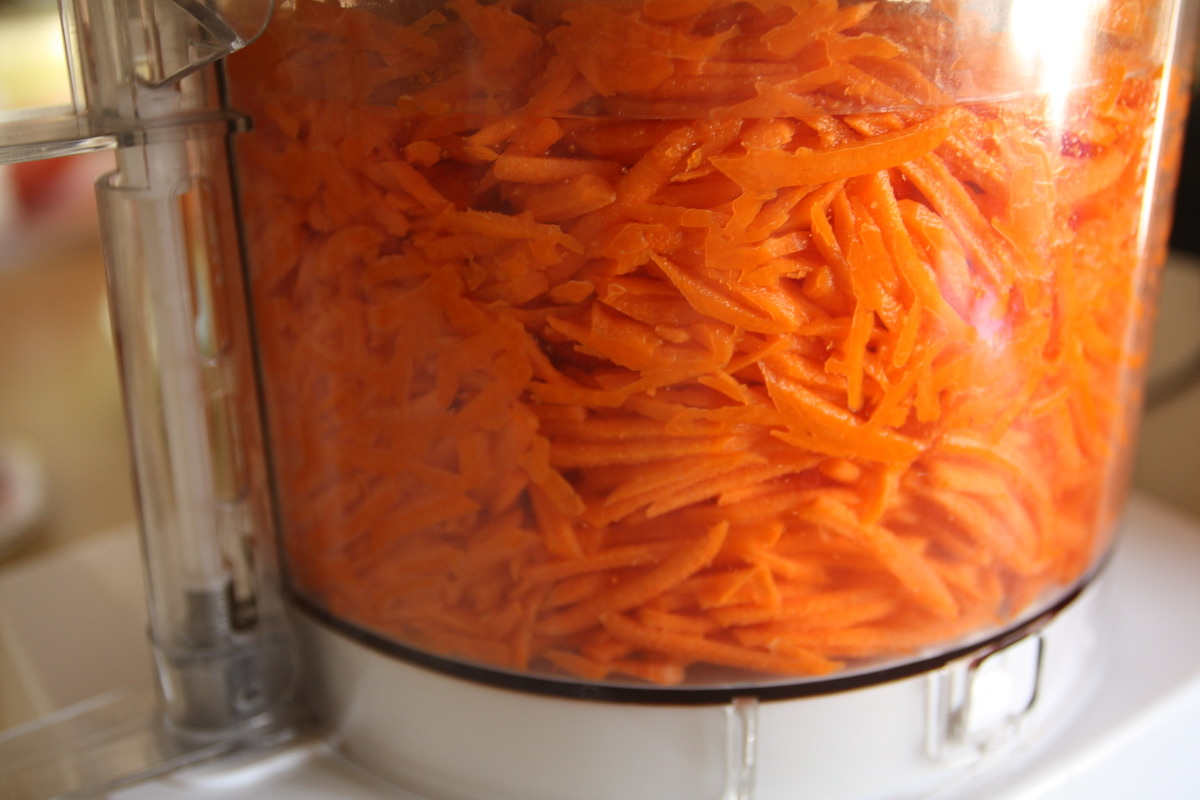
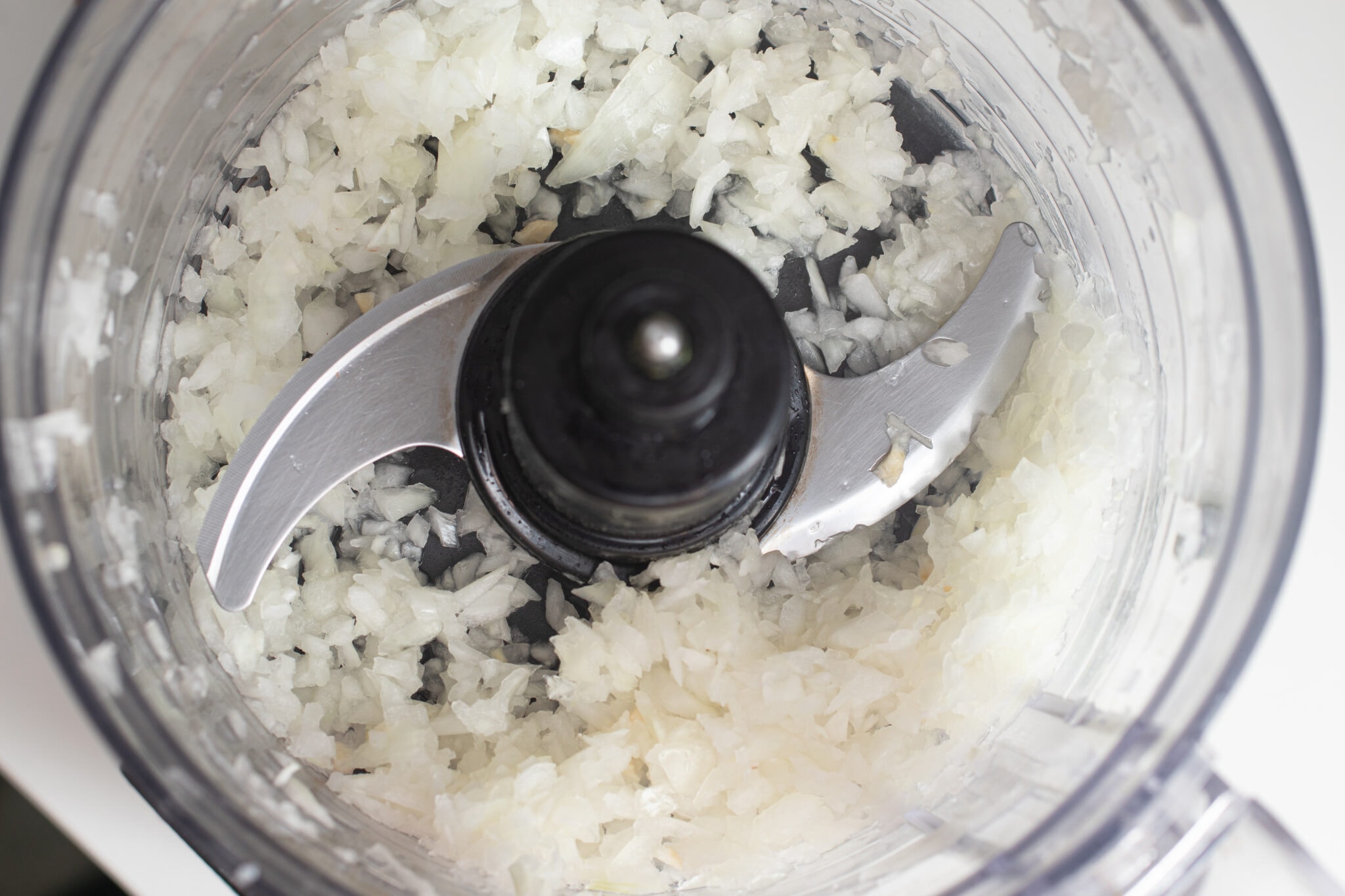
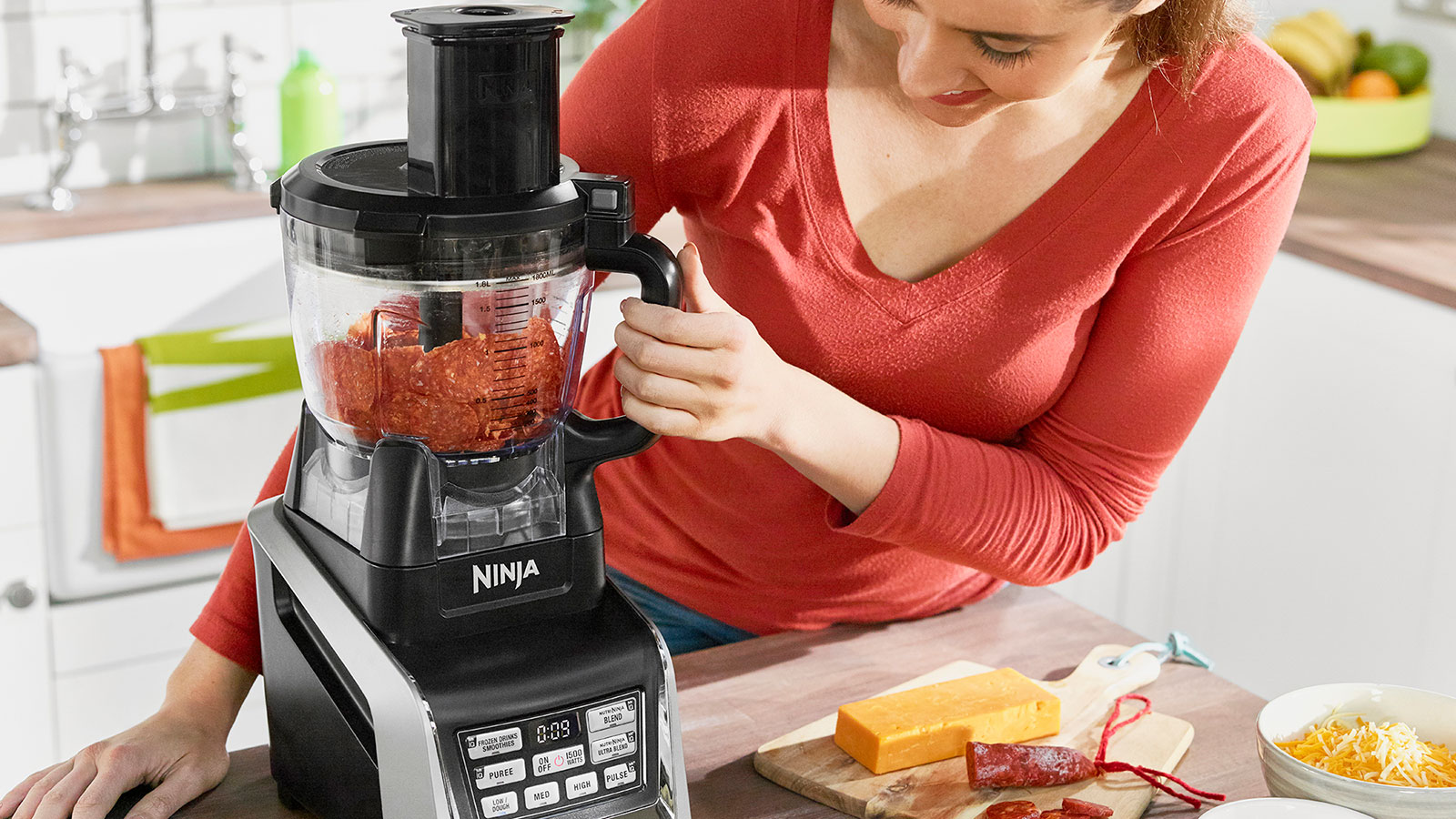
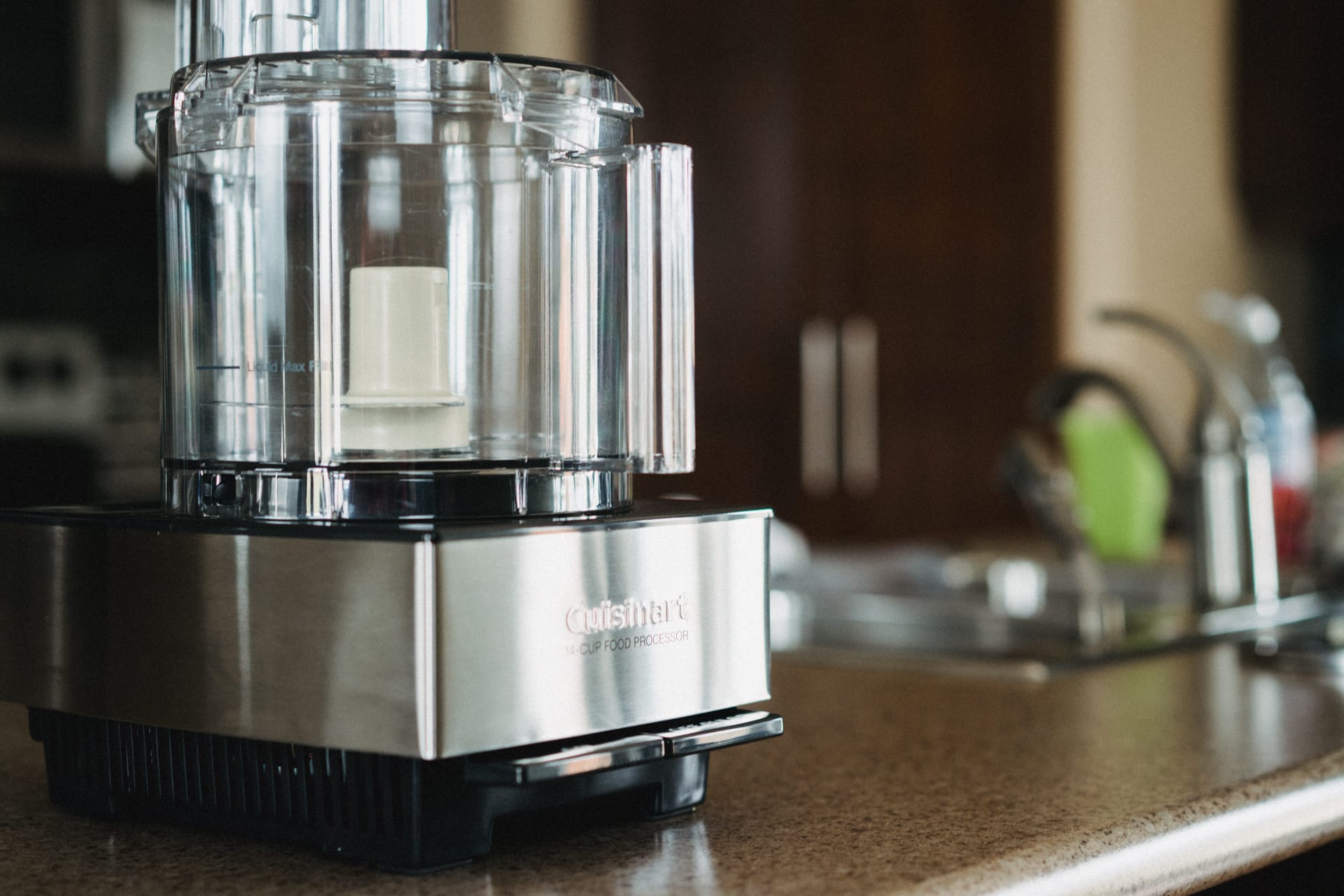
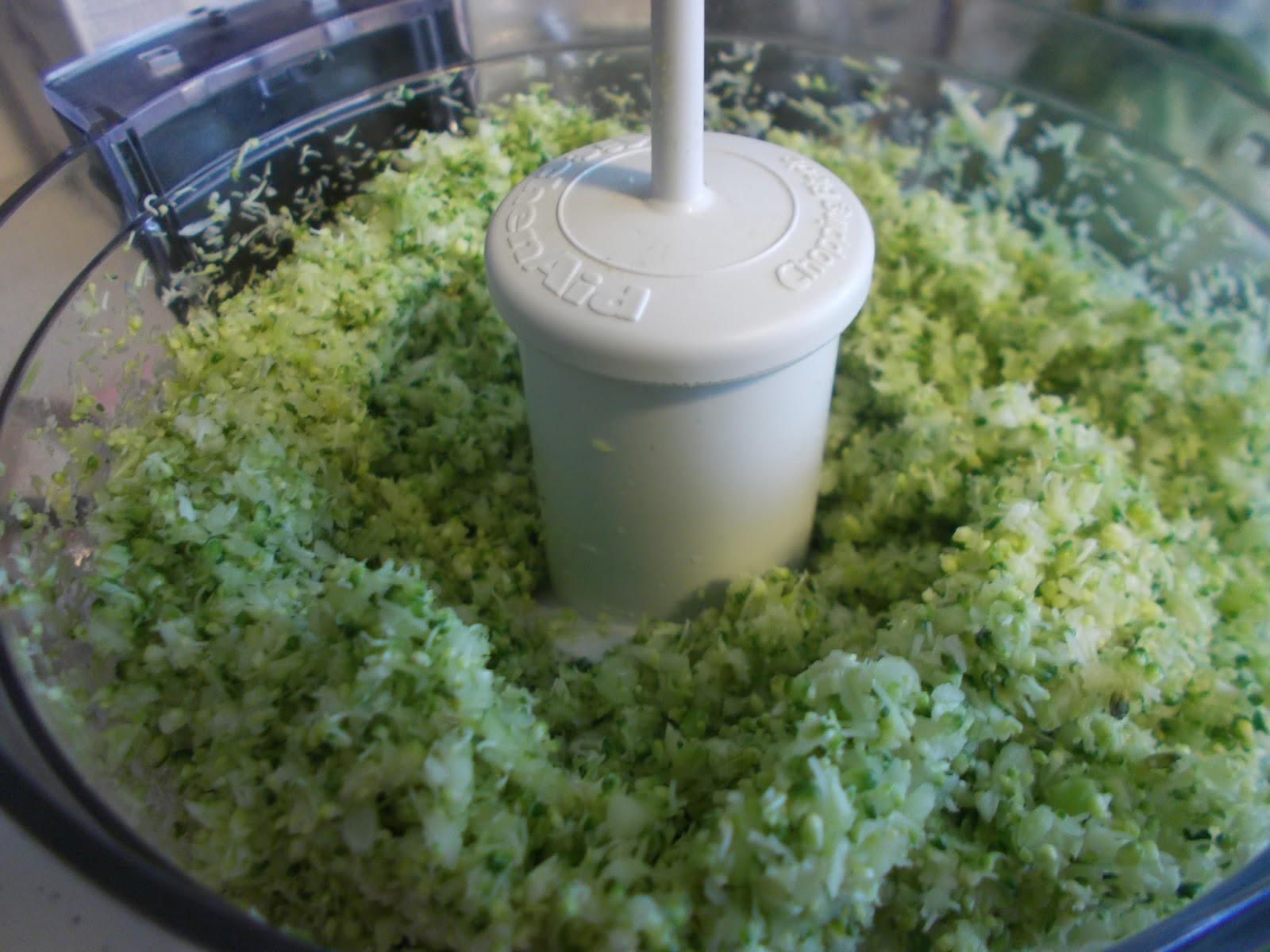
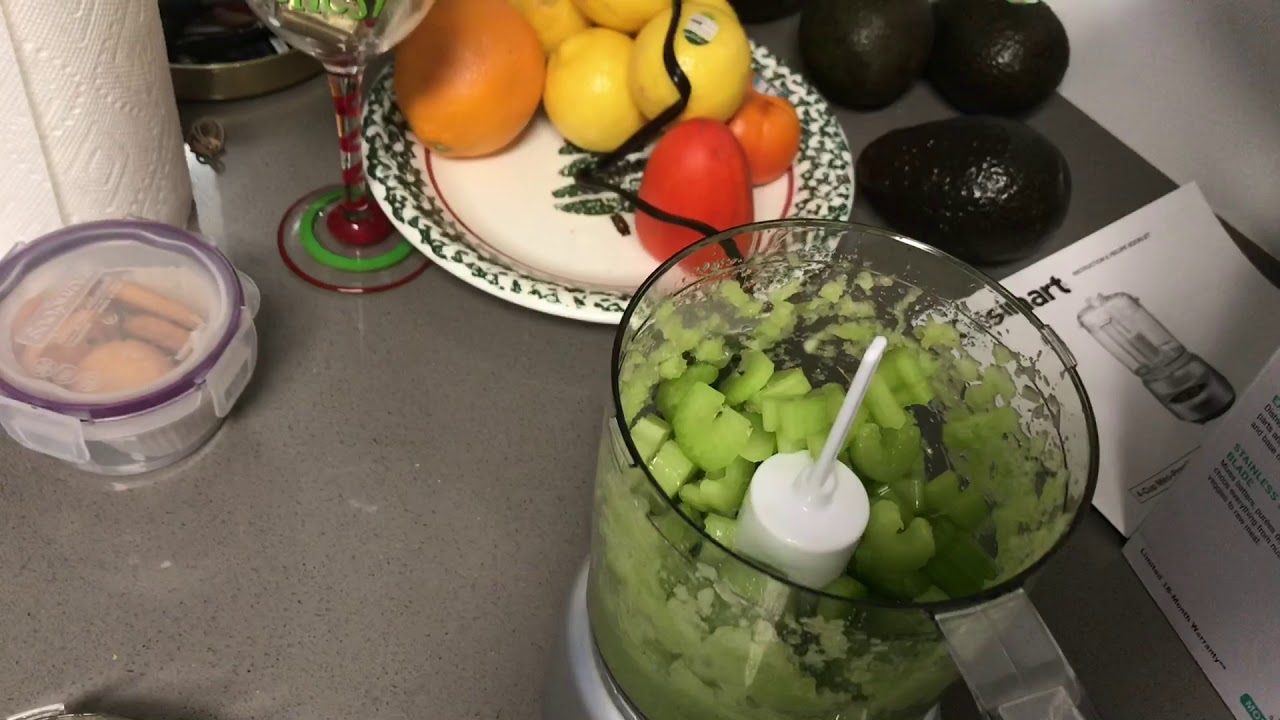
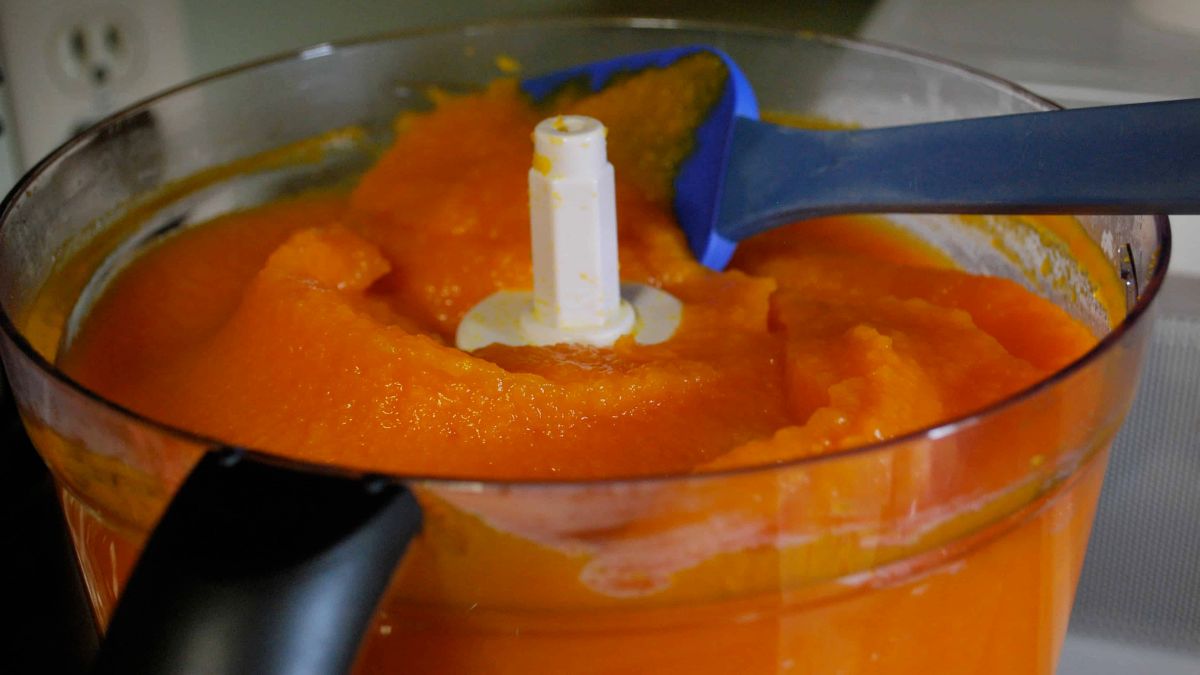
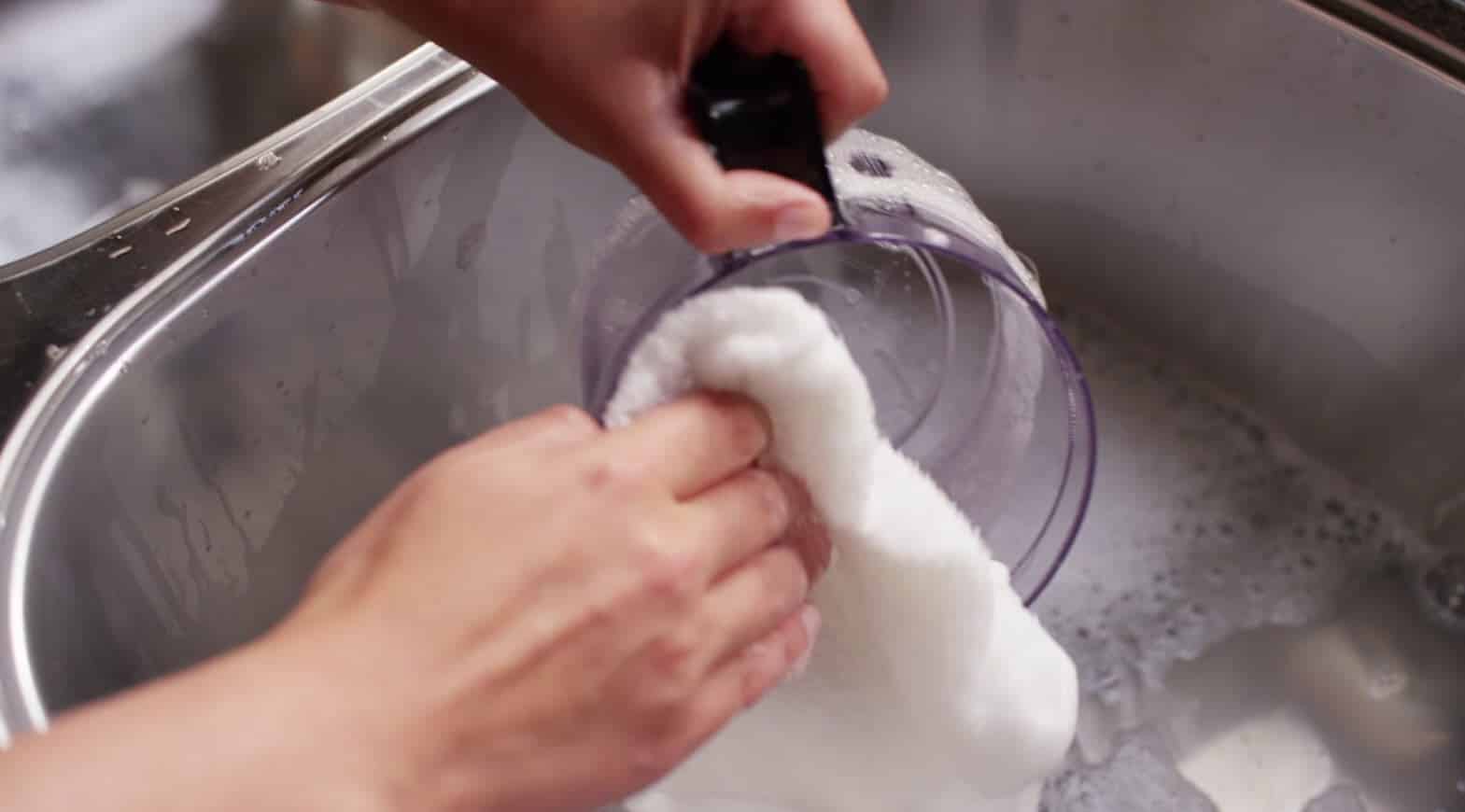
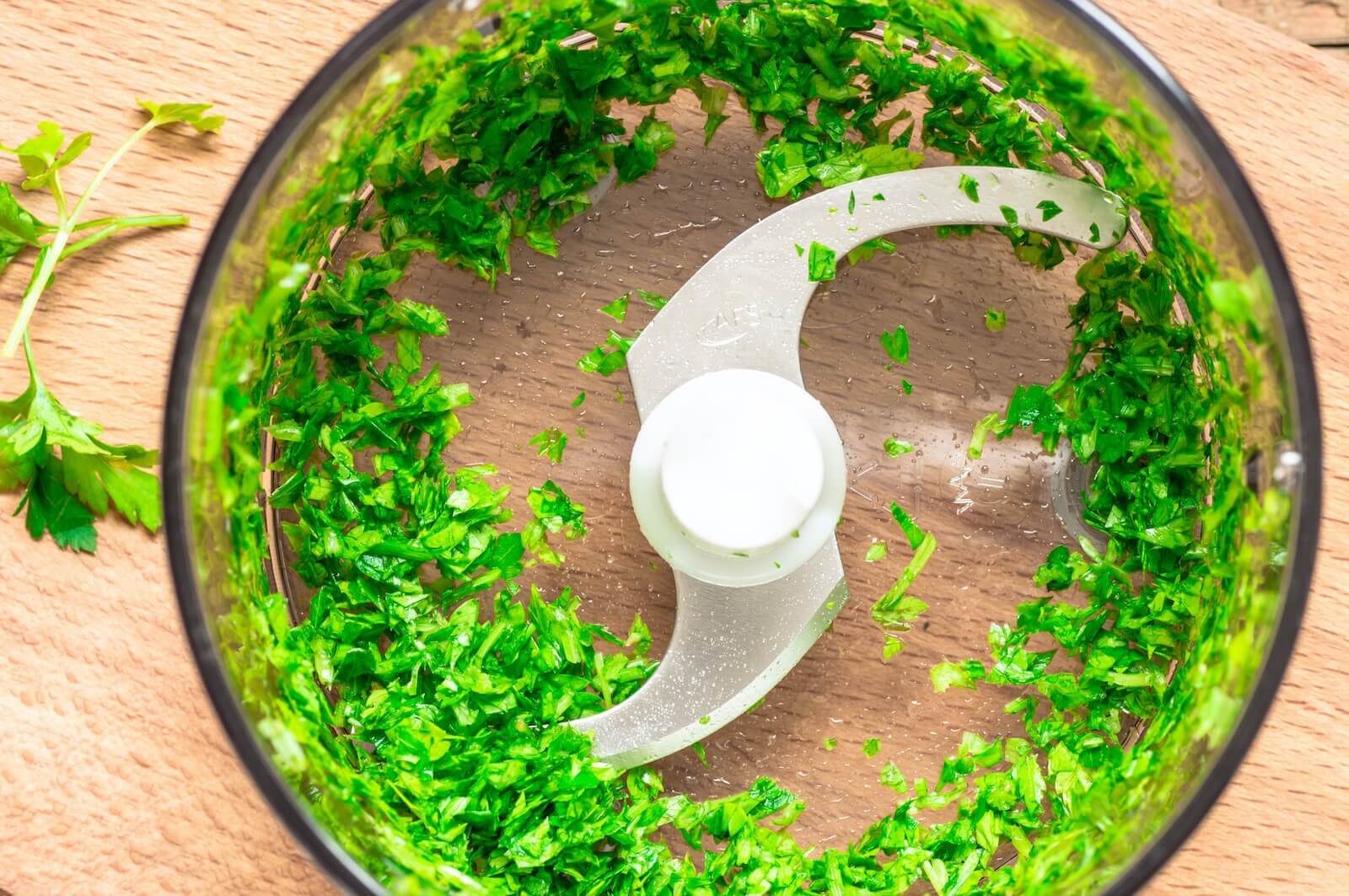
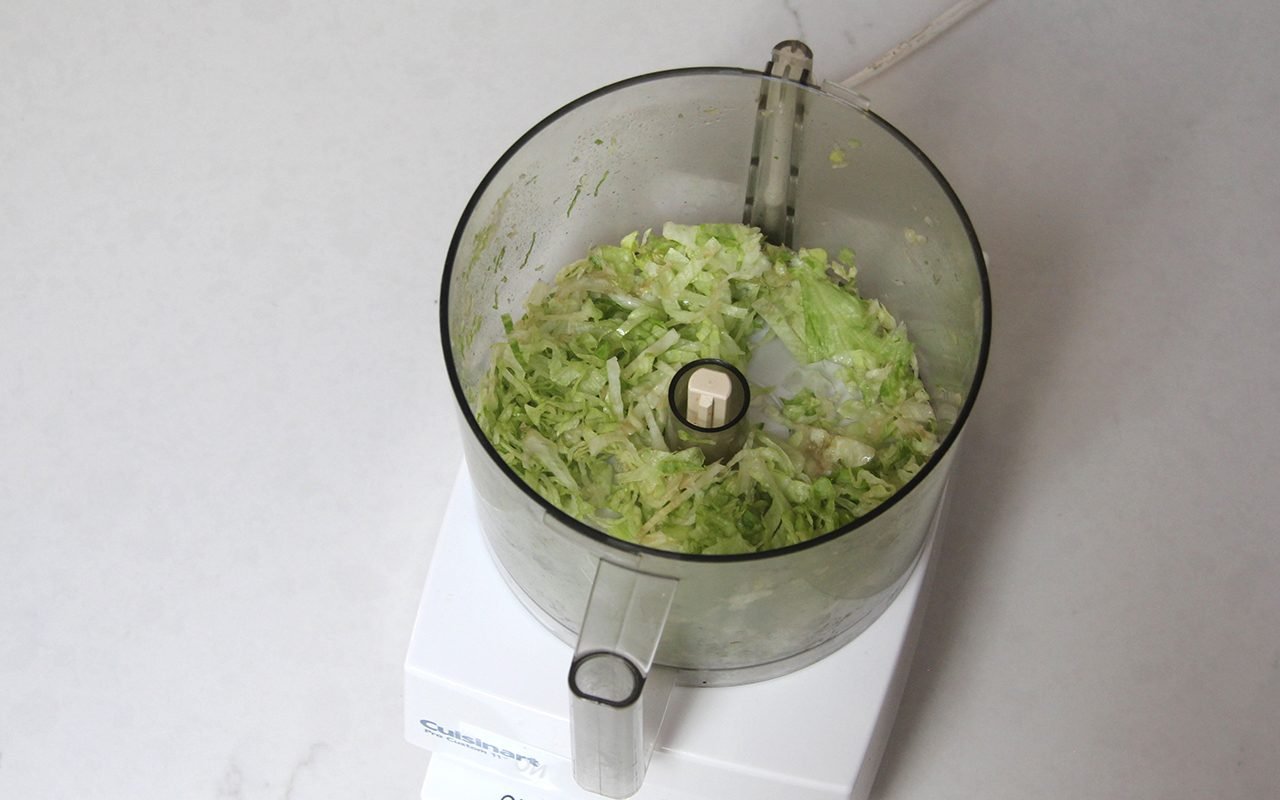
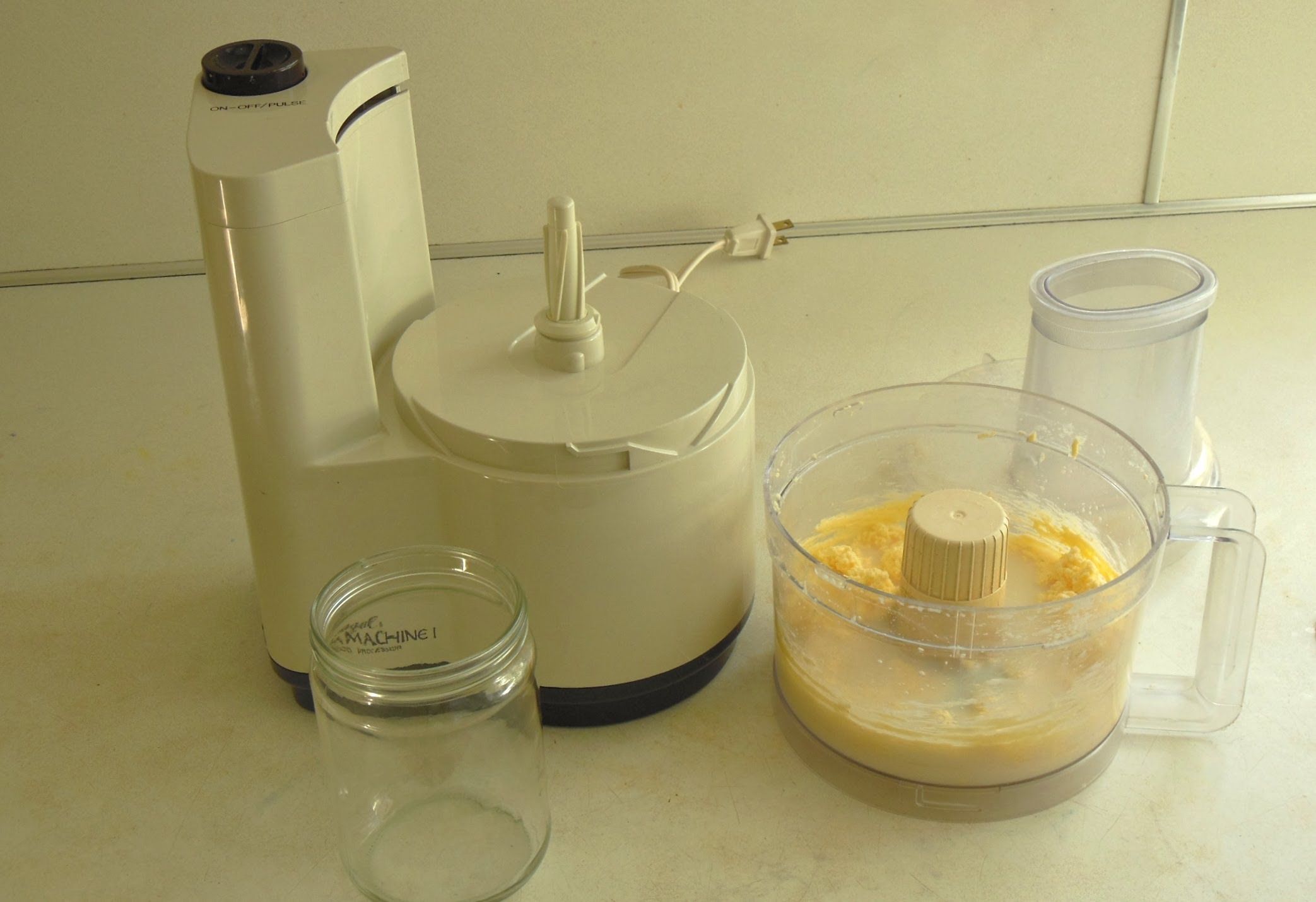
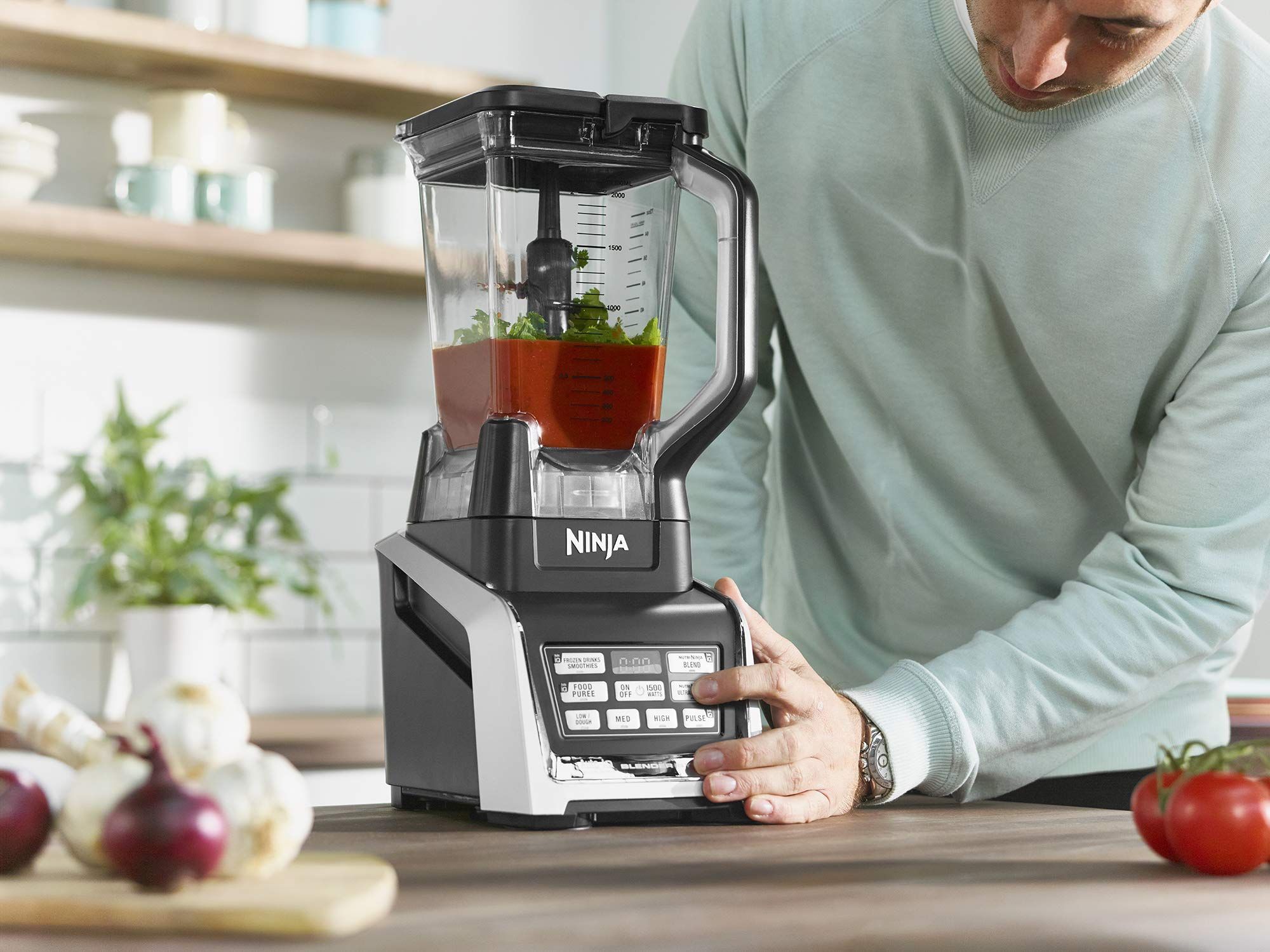
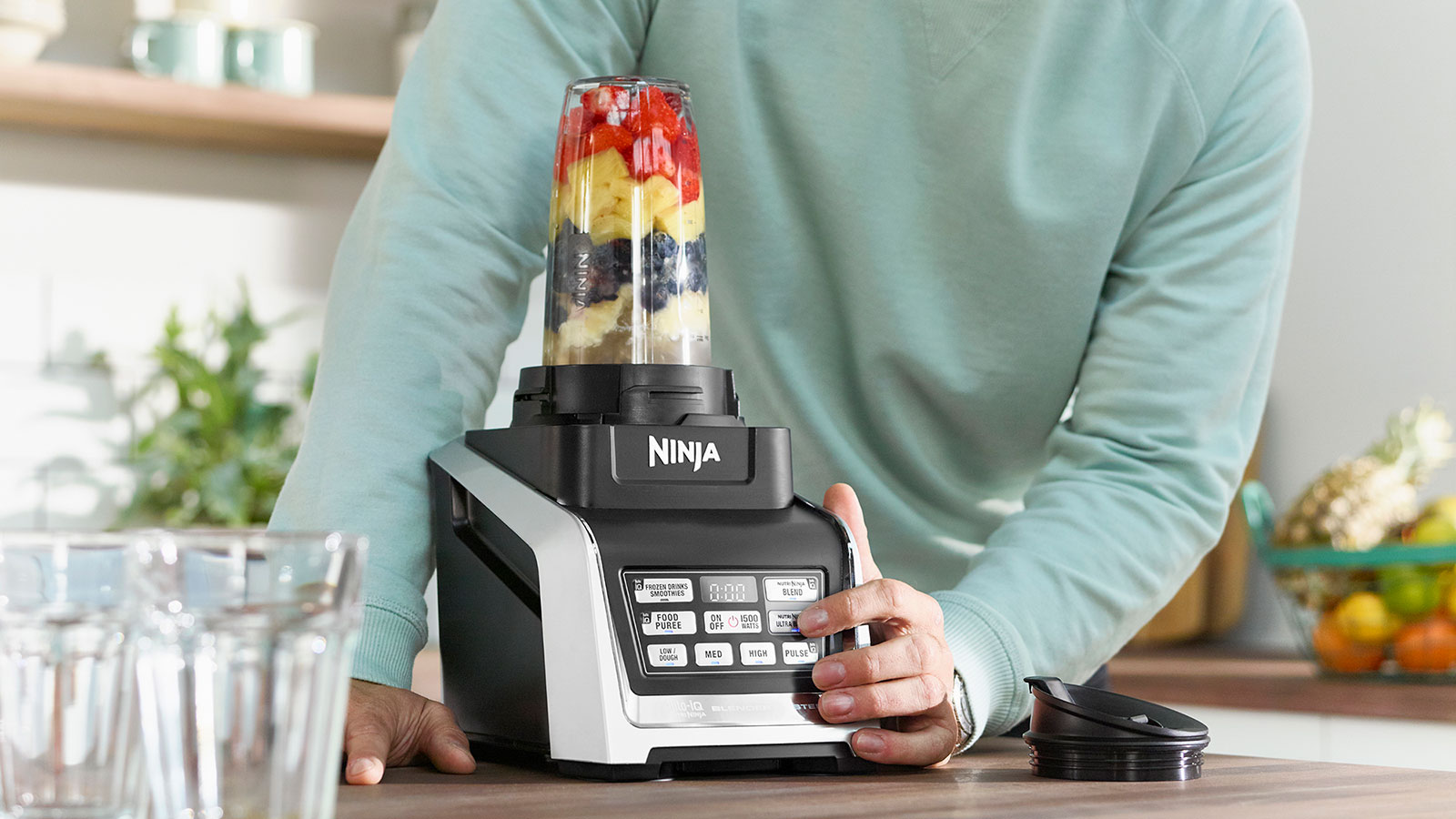
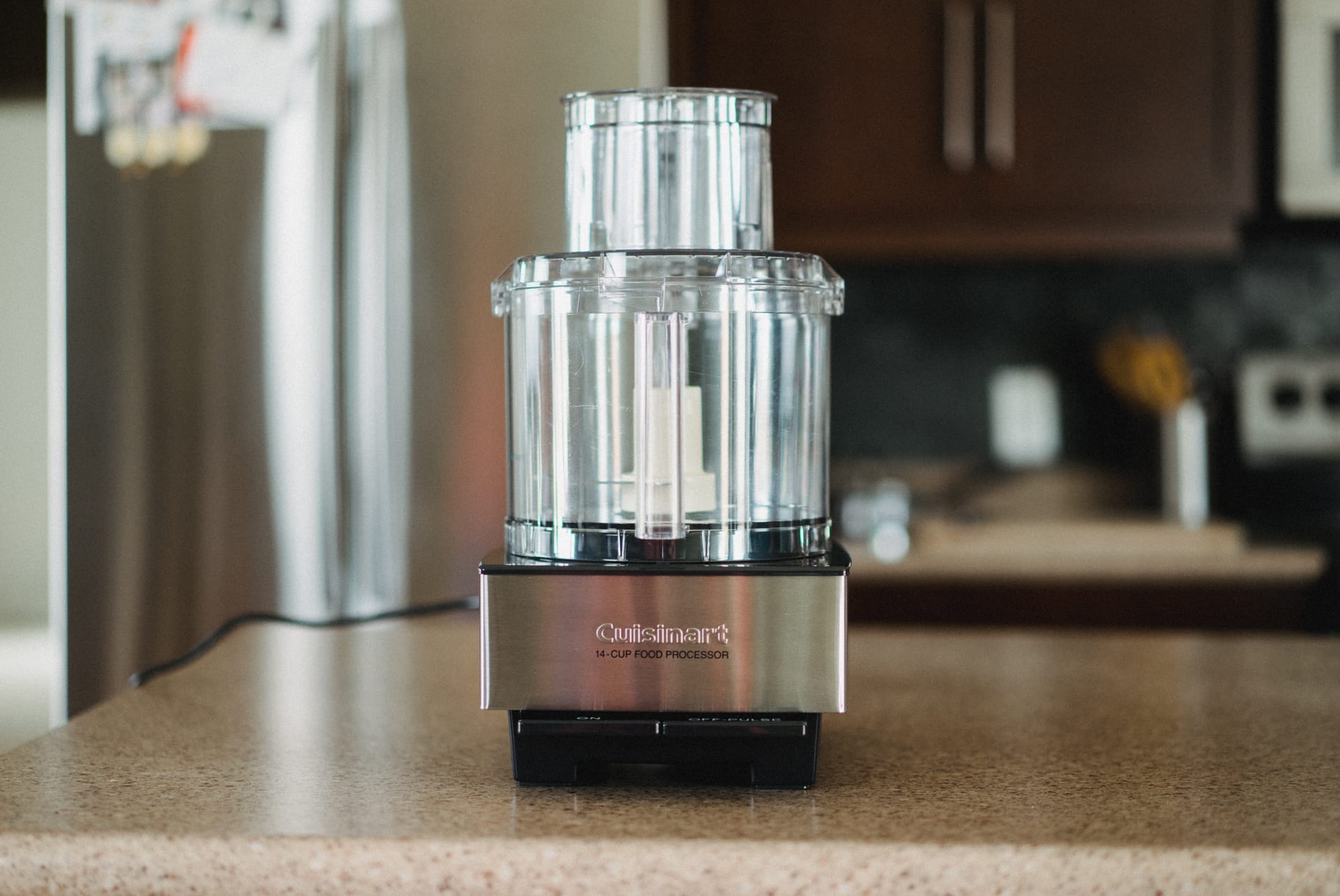

0 thoughts on “How To Chop With A Food Processor”